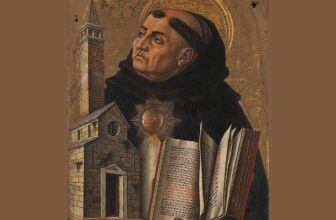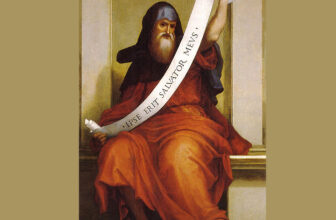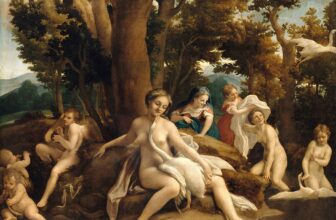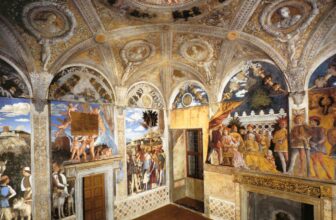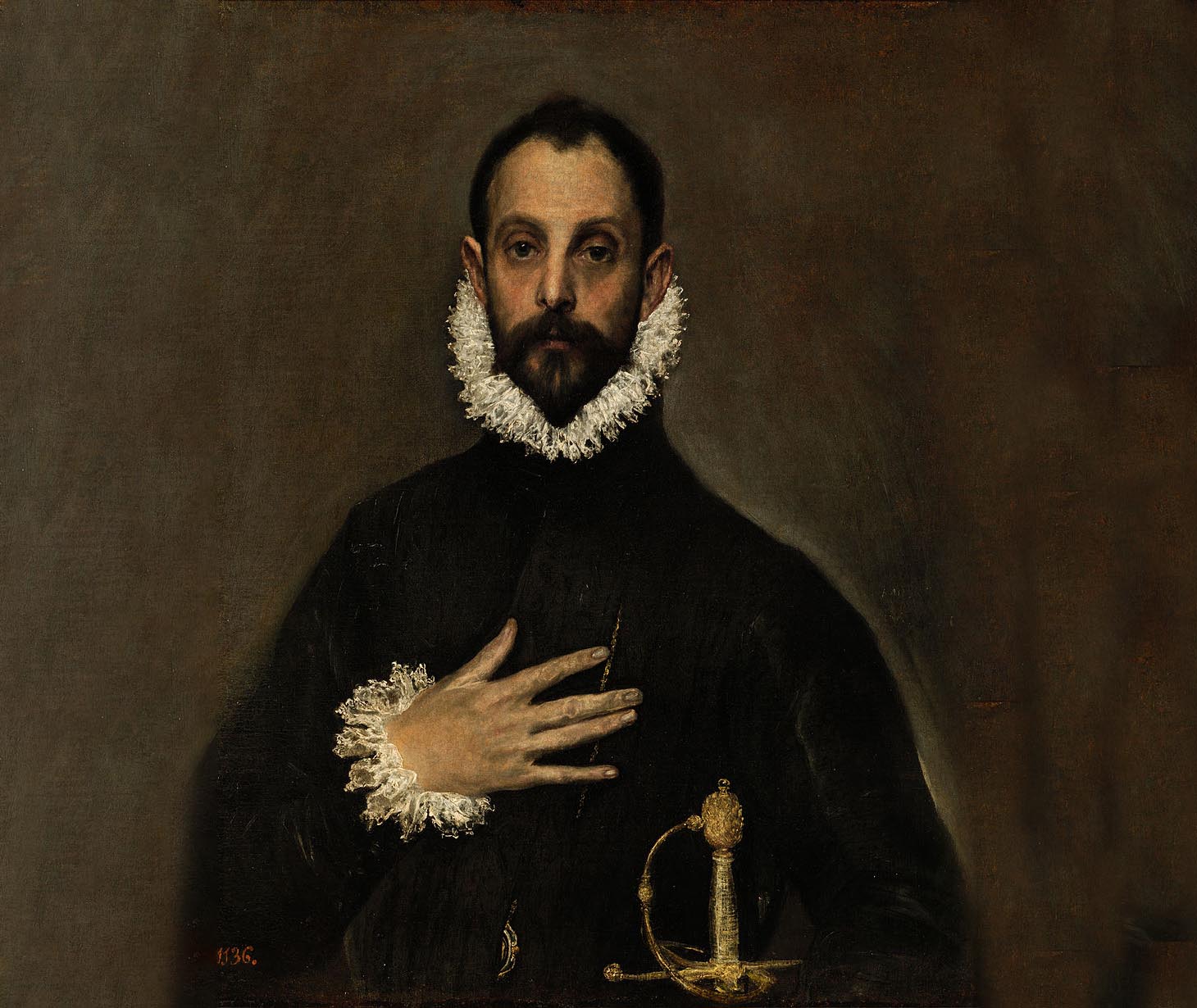
What are El Greco’s Famous Paintings
The name El Greco, meaning “The Greek,” has echoed through the corridors of art history with a reverent hush, signaling one of the most enigmatic and visionary artists of the late Renaissance. Born Doménikos Theotokópoulos in 1541 on the island of Crete, El Greco’s life was one of transformation, spiritual fervor, and intense artistic innovation. He transcended borders, both geographical and artistic, to create a visual language that still mesmerizes viewers today.
This in-depth exploration will take you through El Greco’s most famous paintings, his unique style, the story of his life, the scope of his work, his legacy, and where you can see his paintings today. We will also examine the most expensive El Greco painting ever sold, and reflect on the cultural weight his work continues to carry.
The Story of El Greco: From Crete to Toledo
Doménikos Theotokópoulos was born in Heraklion, Crete, then part of the Republic of Venice. Crete had a flourishing school of post-Byzantine icon painting, and young Doménikos trained within this tradition. However, his thirst for artistic growth led him westward. Around 1567, he moved to Venice, the cradle of the Italian Renaissance. There, he absorbed the works of Titian, Tintoretto, and Veronese, particularly their use of color and dramatic composition.
He then traveled to Rome, immersing himself in the classical ideals of Michelangelo and Raphael, but he did not find Rome to be his final calling. Around 1577, El Greco settled in Toledo, Spain, where he would live for the rest of his life and create his most celebrated masterpieces. Toledo, with its intense spiritual climate and mystic Catholicism, provided the ideal backdrop for El Greco’s visionary style.
He was more than a painter, he was a philosopher, an intellectual, and a man deeply invested in the spiritual realm. His works reflect a synthesis of Byzantine mysticism, Italian Mannerism, and Spanish fervor, which resulted in a style that was utterly unique in the history of Western art.
What Is El Greco Known For?
El Greco is best known for his highly expressive and spiritual paintings, often featuring elongated figures, swirling drapery, and dramatic contrasts of light and shadow. His distinctive style diverged sharply from the naturalism that defined the Renaissance, instead favoring emotion, vision, and the otherworldly.
He developed a visual language that was far ahead of its time, influencing future movements such as Expressionism and Cubism. Artists like Pablo Picasso and Jackson Pollock have cited El Greco as a major influence.
Key characteristics of El Greco’s art include:
Elongated, almost ethereal human forms
Vivid, often unnatural colors
Spiritual intensity and transcendental themes
Complex compositions filled with movement
Light used not merely for realism but symbolic effect
He did not paint to represent the world as it was, but as it could be perceived through spiritual ecstasy.
El Greco’s Most Famous Paintings
Throughout his career, El Greco produced numerous masterpieces. Some of his most famous paintings include:
1. The Burial of the Count of Orgaz (1586–1588)
Housed in the Church of Santo Tomé in Toledo, this is arguably El Greco’s magnum opus. The lower half of the painting depicts the earthly burial of Count Orgaz, attended by saints Stephen and Augustine. The upper half opens into a celestial vision of heaven, dominated by Christ, Mary, and a choir of angels.
The painting is a theological statement as much as an artistic one. It merges the tangible and the spiritual in a single vertical composition, reinforcing the idea of divine judgment and resurrection.
2. View of Toledo (c. 1596–1600)
One of the rare landscapes in Spanish art of the period, View of Toledo stands out for its apocalyptic sky and emotionally charged rendering of the city. The painting doesn’t aim for topographical accuracy but instead captures the soul of Toledo, stormy, sacred, and sublime.
This painting, now at The Metropolitan Museum of Art in New York, is seen as a precursor to modern expressionist landscapes.
3. The Disrobing of Christ (El Espolio) (1577–1579)
Located in Toledo Cathedral, this painting was commissioned for the sacristy and remains there. It presents Christ about to be stripped of his garments before the Crucifixion. The powerful, red-clad figure of Christ stands at the center, while an angry crowd swirls around him. The painting was controversial for placing the Virgin Mary and other holy women unusually high in the composition and showing Christ’s head slightly lower than that of a soldier.
4. The Opening of the Fifth Seal (1608–1614)
Also known as The Vision of Saint John, this late masterpiece is held in the Metropolitan Museum of Art. It represents a passage from the Book of Revelation, in which the souls of martyrs are given white robes. The frenzied, fragmented figures and bold color palette suggest a visionary intensity that anticipates modern art.
5. Laocoön (1610–1614)
Uncharacteristic for its mythological theme, this painting, now in the National Gallery of Art in Washington, D.C., depicts the Trojan priest Laocoön and his sons being devoured by sea serpents. It is El Greco’s only known foray into Greek mythology, blending his Greek heritage with his Spanish style.
How Many Paintings Did El Greco Create?
El Greco is known to have created over 300 works during his lifetime, including paintings, drawings, and sculptures. Roughly 120–130 paintings are widely attributed to him with certainty. Many more exist in private collections and museums, and there has been ongoing debate among art historians over attributions, especially for works produced by his workshop or followers.
The Most Expensive El Greco Painting
El Greco’s works have seen a significant rise in market value, particularly in the 20th and 21st centuries. The most expensive painting by El Greco sold at auction to date is:
“Saint Dominic in Prayer”
This painting fetched $13.9 million at Sotheby’s London in 2013. It was a dramatic increase over earlier sales and reflected a growing appreciation of El Greco’s contribution to art history. The intense spirituality and haunting atmosphere of the painting underscore his enduring appeal to collectors and scholars alike.
It is worth noting that many of El Greco’s greatest masterpieces are held in public or religious institutions and are unlikely ever to appear on the open market.
Where Are El Greco’s Paintings Located Today?
El Greco’s works are scattered across the globe, although the highest concentration remains in Spain, particularly in Toledo and Madrid. Here are some of the most prominent locations where you can view his works:
Spain
Toledo – Home to several major works including The Burial of the Count of Orgaz (Santo Tomé), The Disrobing of Christ (Toledo Cathedral), and works in the Museo del Greco.
Madrid – The Museo del Prado houses many important paintings, including The Holy Trinity and The Adoration of the Shepherds.
United States
The Metropolitan Museum of Art, New York – Holds View of Toledo and The Opening of the Fifth Seal.
National Gallery of Art, Washington, D.C. – Features Laocoön.
Art Institute of Chicago – Includes Saint Francis Receiving the Stigmata.
United Kingdom
The National Gallery, London – Holds works such as Christ Driving the Money Changers from the Temple.
France
Louvre Museum, Paris – Features Christ Healing the Blind.
Other Countries
Museums in Germany, Italy, Greece, and even Russia hold various works attributed to El Greco or his workshop.
El Greco’s Legacy
El Greco was largely forgotten in the centuries following his death in 1614. His work was considered eccentric, even disturbing, by the more classical standards of later centuries. It wasn’t until the 19th century, with the rise of Romanticism, that artists and critics began to appreciate his emotional depth and stylistic boldness.
By the 20th century, El Greco was heralded as a forerunner of modern art. His impact can be felt in the works of:
Édouard Manet, who admired his brushwork
Pablo Picasso, who studied his elongated figures and created a Cubist version of The Opening of the Fifth Seal
Jackson Pollock, who drew inspiration from his expressive energy
El Greco is now recognized not just as a Spanish painter or a Greek iconographer but as a pan-European visionary who bridged the spiritual and the material world through his art.
The Eternal Vision of El Greco
El Greco stands apart as a mystic in the history of painting, an artist who defied convention to depict the ineffable, the divine, and the ecstatic. His vision was not of this world, and that is precisely why it continues to resonate so powerfully. From the gilded halls of Spanish cathedrals to the galleries of New York, his luminous, haunting figures continue to challenge and captivate.
To see an El Greco painting is not just to view art, it is to glimpse the struggle between flesh and spirit, time and eternity, darkness and light. And in that struggle, El Greco created a legacy that endures beyond centuries and borders, affirming the power of art to express the inexpressible.
